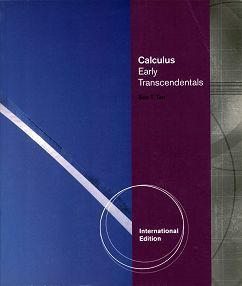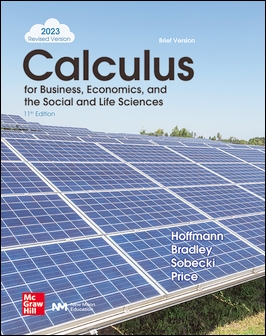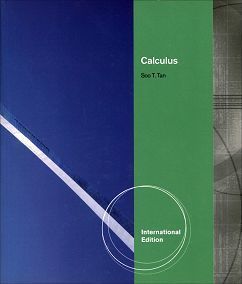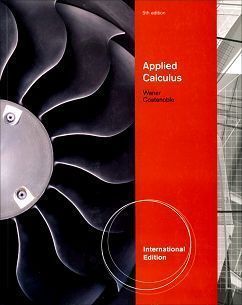書籍分類

Calculus: Early Transcendentals
作者:Soo T. Tan
原價:NT$ 1,280
ISBN:9781439045992
版次:1
年份:2011
出版商:Cengage Learning
頁數/規格:1478頁/平裝彩色
版次:1
年份:2011
出版商:Cengage Learning
頁數/規格:1478頁/平裝彩色
內容介紹 本書特色 目錄 作者介紹
- Description
Known for accuracy, precision, and rigor, Soo Tan now brings those same qualities to the Calculus course. With his clear, concise writing style, and use of relevant, real world examples, Tan introduces abstract mathematical concepts with his intuitive approach that captures student interest without compromising mathematical rigor. In keeping with this emphasis on conceptual understanding, each exercise set begins with concept questions and each end-of-chapter review section includes fill-in-the-blank questions which help students master the definitions and theorems in each chapter. Additionally, many questions asking for the interpretation of graphical, numerical, and algebraic results are included among both the examples and the exercise sets.





